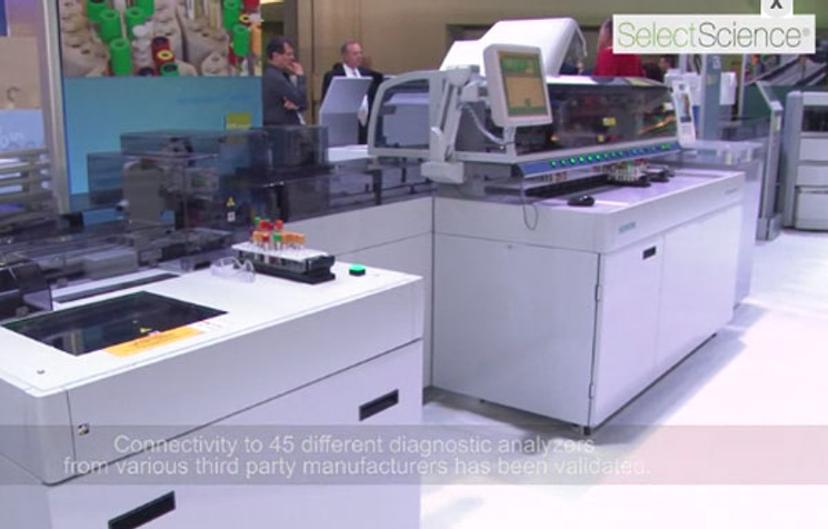Keeping Up to Date With Clinical Laboratory Automation
Laboratory automation is helping clinical laboratories to keep up with demand
23 Dec 2015

Large clinical laboratories like this one at DASA, Brazil, are benefiting from total automation systems
Clinical laboratories are under immense and relentless pressure to improve turnaround times, reduce human error rates, improve efficiency and make cost savings. This drive has seen the steady automation of most clinical laboratories.
Changing times
As automation solutions continue to evolve, it can be difficult to keep up with current advances. Only a few decades ago, all laboratory work was carried out using manual procedures and techniques, in clearly separated laboratory departments. In modern laboratories of the developed world, many of these manual procedures have been automated and integrated, so that different departments are coupled together (for example clinical chemistry and immunology assays combined in a single analyzer).
Most analyzers are now automated so that you put a sample onto a loading rack, press go and wait to be presented with a test result (load and go). However modern automation encompasses so much more, and with the rise of total laboratory automation (TLA), clinical laboratories are becoming more efficient, more precise and more cost effective than ever before.
TLA automates the laboratory process from specimen receipt, to testing, right through to sample storage. Modern systems have tracks that can travel the length of corridors, around corners and even up and down floors.

AptioTM Automation from Siemens Healthcare Diagnostics is an example of a total automation system
Pre- and post-analytical automation
Examples of pre-analytical systems include the cobas p 512 and 612 Pre-Analytical Systems and Beckman Coulter’s Power Processor Sample Handling System, both for use in clinical chemistry.
Following analysis, post-analytical modules can manage reflex testing as well as the storing and archiving of samples. Examples of post-analytical systems include the cobas p 501 / cobas p 701 Post-Analytical Units for clinical chemistry and the Sysmex XN-9000 Sorting & Archiving System for hematology.
An example of a TLA system comprising of both pre- and post-analytical modules is AptioTM Automation from Siemens Healthcare Diagnostics.
In smaller laboratories, with lower throughput, the complexity and cost of TLA may not be necessary or possible. In these cases it will be more cost effective to automate parts of the laboratory testing process. Pre-analytics automation, in particular, frees up the time of skilled staff by removing the unskilled, manual jobs involved in sample preparation.
For more information on clinical laboratory automation, download the free SelectScience Clinical Laboratory Automation Buying Guide.

